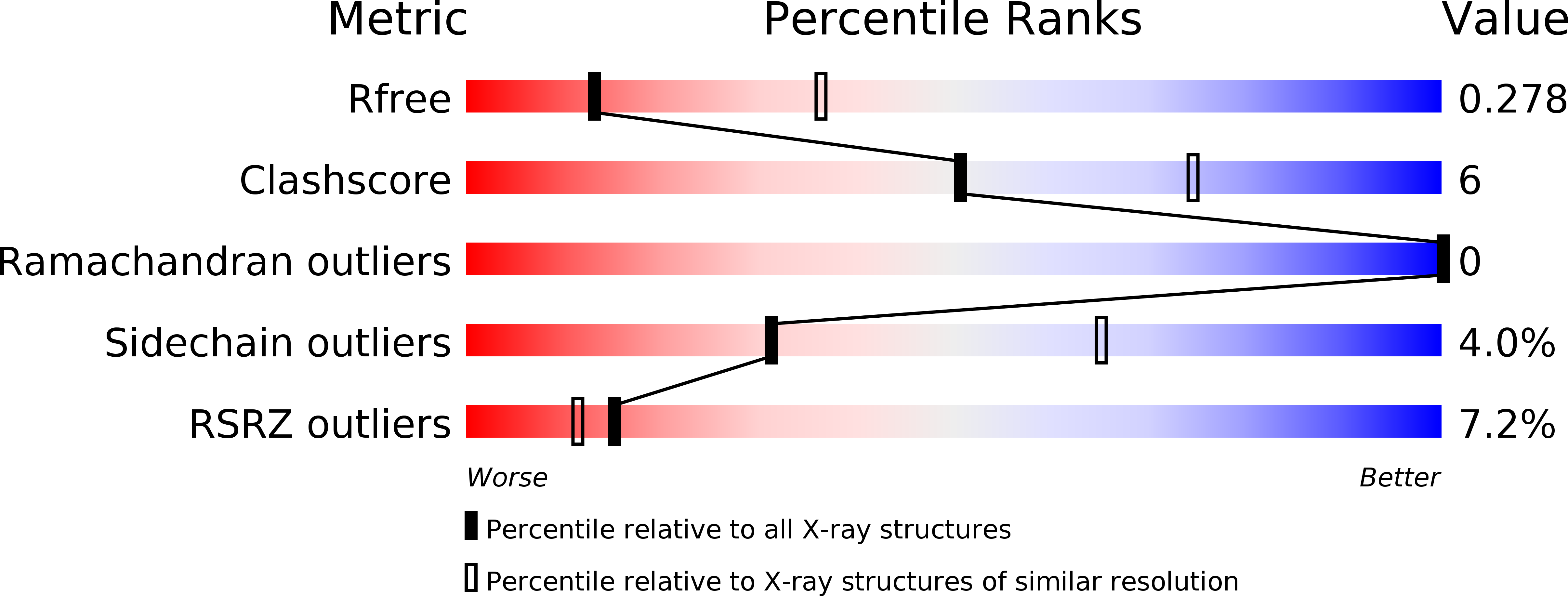
Deposition Date
2012-08-27
Release Date
2012-11-14
Last Version Date
2023-09-13
Entry Detail
PDB ID:
4GSK
Keywords:
Title:
Crystal structure of an Atg7-Atg10 crosslinked complex
Biological Source:
Source Organism:
Saccharomyces cerevisiae (Taxon ID: 559292)
Host Organism:
Method Details:
Experimental Method:
Resolution:
2.90 Å
R-Value Free:
0.28
R-Value Work:
0.23
R-Value Observed:
0.23
Space Group:
P 21 21 2


